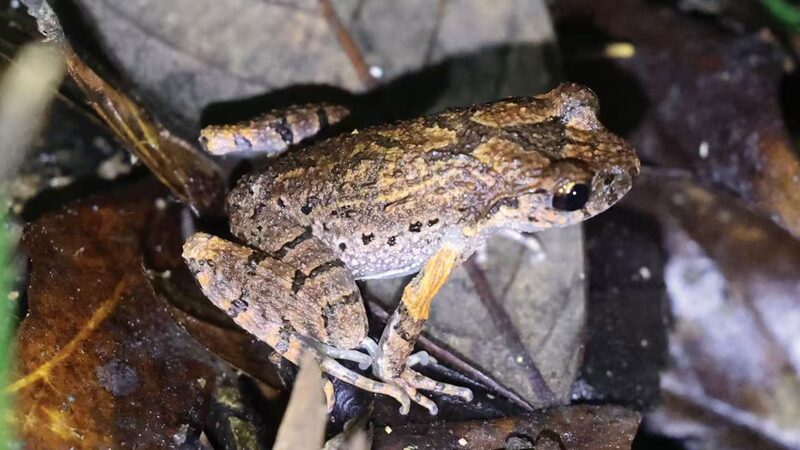In a remarkable discovery from Hunan Province, Chinese researchers have identified a new species of Leptobrachella, named Leptobrachella yongshunensis. Found in the humid stream banks of central China, this tiny amphibian highlights the region’s rich biodiversity and serves as a beacon of environmental health.
Belonging to the family Megophryidae within the order Anura, Leptobrachella species are known for their small body size and remarkable adaptability to moist habitats. The genus is widely distributed across southern China, northeastern India, and Southeast Asia, making this discovery significant for studies on evolutionary history and ecological adaptability.
Wu Tao, a teacher and team manager from the College of Biology and Environmental Sciences at Jishou University, told Xinhua, "The discovery of the new species holds significant scientific and ecological importance." His insights underscore how such findings can deepen our understanding of species evolution and geographical distribution.
Amphibians are key indicators of a healthy ecosystem. The presence of Leptobrachella yongshunensis in Hunan adds to the province’s impressive biodiversity record, which includes 1,068 species of vertebrates and 6,292 species of vascular plants, along with numerous species under national protection. This breakthrough reinforces the importance of environmental monitoring and conservation on the Chinese mainland.
For young global citizens, business and tech enthusiasts, and thought leaders alike, this discovery opens new avenues for research and sustainable practices. As we continue to explore nature's hidden wonders, every new finding paves the way for innovative solutions to preserve our planet's delicate ecosystems.
Reference(s):
cgtn.com




